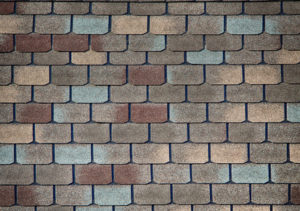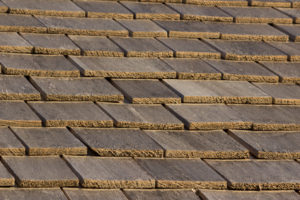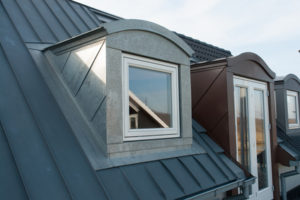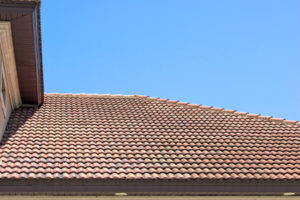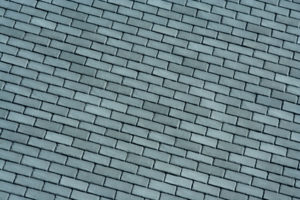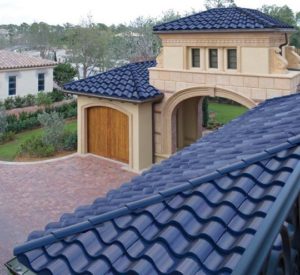Issues to Avoid When Remodeling a Historic Home
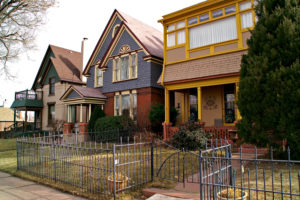
Are you the new owner of a historic home and you’re itching to remodel? Take care to preserve the historic features of the home to maintain its value. Here are some things to consider…
Many owners of historic homes try to do what’s hot right now, but what’s hot right now won’t be hot in 10 years. What will maintain the home’s value is to remain true to the era of the home. I can’t tell you how many Ikea kitchens I have seen in the past year showing homes in Denver! Here’s the thing – those kitchens do just fine in a condo that could be done in any style, they go along fantastically with the style of 1950’s mid mod ranches! But they don’t match Denver squares, Victorians, or Craftsmans… at all.
So, what should homeowner’s do? Tear out almost nothing and restore what’s there. This will be better for the home’s value, it’s easier on the wallet, and it’s more eco-friendly.
Certainly, go ahead and update the heating, cooling, and plumbing systems, so homes are comfortable, safe and more energy-efficient. As the owner of a home built in 1899, I give you my blessing to put in a walk-in closet if your closet is far too small to ever contain your clothing – though put it somewhere out of the way.
– Keep the cabinets. Don’t pull out your solid wood cabinets. It is difficult to even find cabinets made of a similar quality these days! The newer manmade materials are not made for years of wear and tear, they don’t handle moisture well, the laminate pulls away, and the pulls come off. Instead, strip and refinish the wood and add newer pulls. It looks better, lasts longer, and will save money.
– Refinish the tubs and sinks. To give an old porcelain bathtub a new coat costs about $400. A new tub can run more than $1,000, not including demo and installation.
– Save wood floors. Covering old wood floors with cheaper inferior tiles or carpet is not cool. Definitely do not have your original flooring removed! You can fix floors that have been burnt, flooded or even covered in pet stains. It is always cheaper and more authentic to refinish existing floors and patch sections where needed. You can always get the patch to match.
– Clean old tile. Old tile floors or other tile surfaces look worn out usually because they are filthy. Don’t tear them out until you’ve given them a good cleaning.
– Make counters authentic, by avoiding products that weren’t available when the house was built. This means nothing manmade, like laminate or Corian, and nothing modern, like glass tiles. Go for wood counters, like butcher block, or classic marble, and occasionally granite. Ceramic tiles work in homes built after 1930.
– Keep the walls up. Open floor plans are a trend, but may not belong in old houses. After a couple years of living in an open floor plan, people often don’t want it anymore. Before removing a wall, try living in the house for six months. If you still hate the wall after six months, go ahead and knock it down.
– Repair, don’t replace, windows. They are important to the home’s historic value. Old windows leak and are drafty because they haven’t been properly maintained. Have them repaired and weatherstripped so they’re efficient. Adding historically accurate storm windows outside can boost efficiency.
If you’re interested in buying or selling a historic Denver home, call Allison Parks, Conscious Real Estate’s owner and principal broker at 303-908-9873 or email allison@theconsciousgroup.com.


